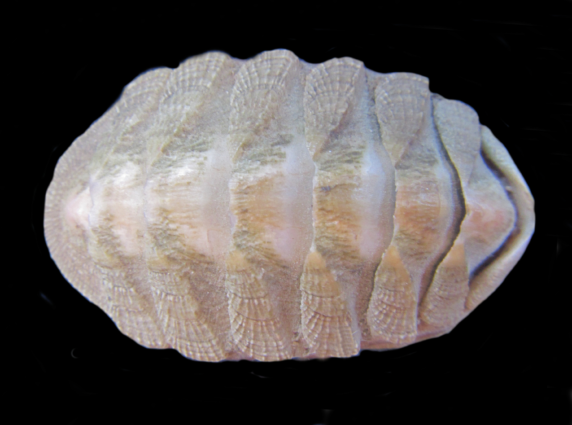Polyplacophor Shells
 Conspicuous Chiton, Stenoplax conspicua. A representative of the Polyplacophora Class.
Conspicuous Chiton, Stenoplax conspicua. A representative of the Polyplacophora Class.
This page is under development. We apologize for the delay.
 Conspicuous Chiton, Stenoplax conspicua. A representative of the Polyplacophora Class.
Conspicuous Chiton, Stenoplax conspicua. A representative of the Polyplacophora Class.
This page is under development. We apologize for the delay.